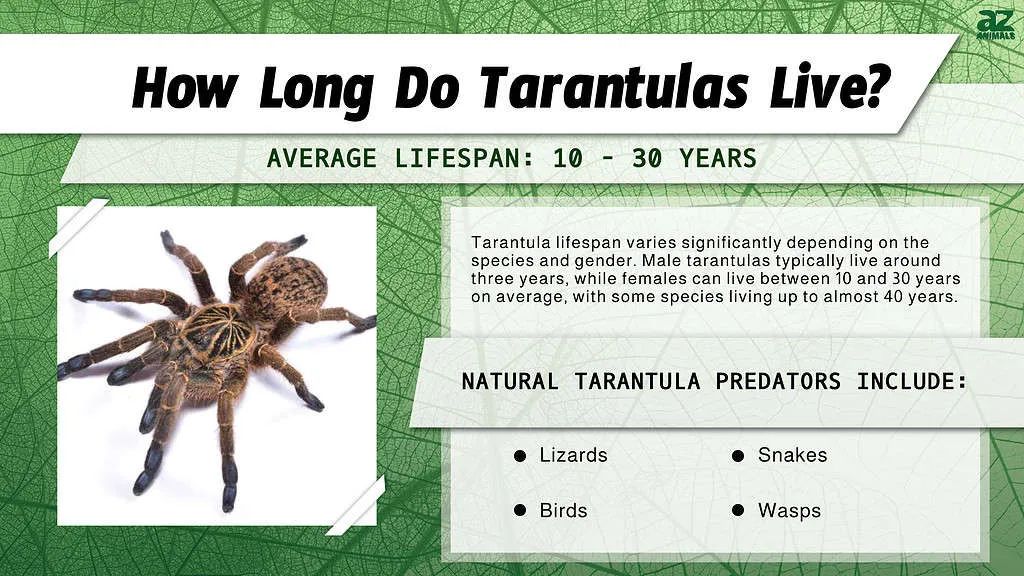What Determines Tarantula Lifespan
Understanding the lifespan of a tarantula is crucial for anyone considering these fascinating creatures as pets. Unlike many other pets, tarantulas can live for a surprisingly long time, but the exact duration varies greatly. Several factors play a significant role in determining how long a tarantula will thrive. These factors range from the specific species of the tarantula to its diet, living environment, and overall health. This article will delve into the key elements that influence a tarantula’s longevity, providing a comprehensive guide for both current and prospective tarantula owners.
Tarantula Species and Lifespan Differences
The most significant factor affecting a tarantula’s lifespan is its species. Different species have vastly different lifespans, with some living for only a few years while others can live for over two decades. The size and growth rate of the tarantula often correlate with its lifespan; larger species tend to live longer. For instance, some New World tarantulas, like the Grammostola pulchra, are known for their long lifespans, often exceeding 20 years for females, while some smaller, faster-growing species may only live for a few years.
Fastest Maturing Tarantulas
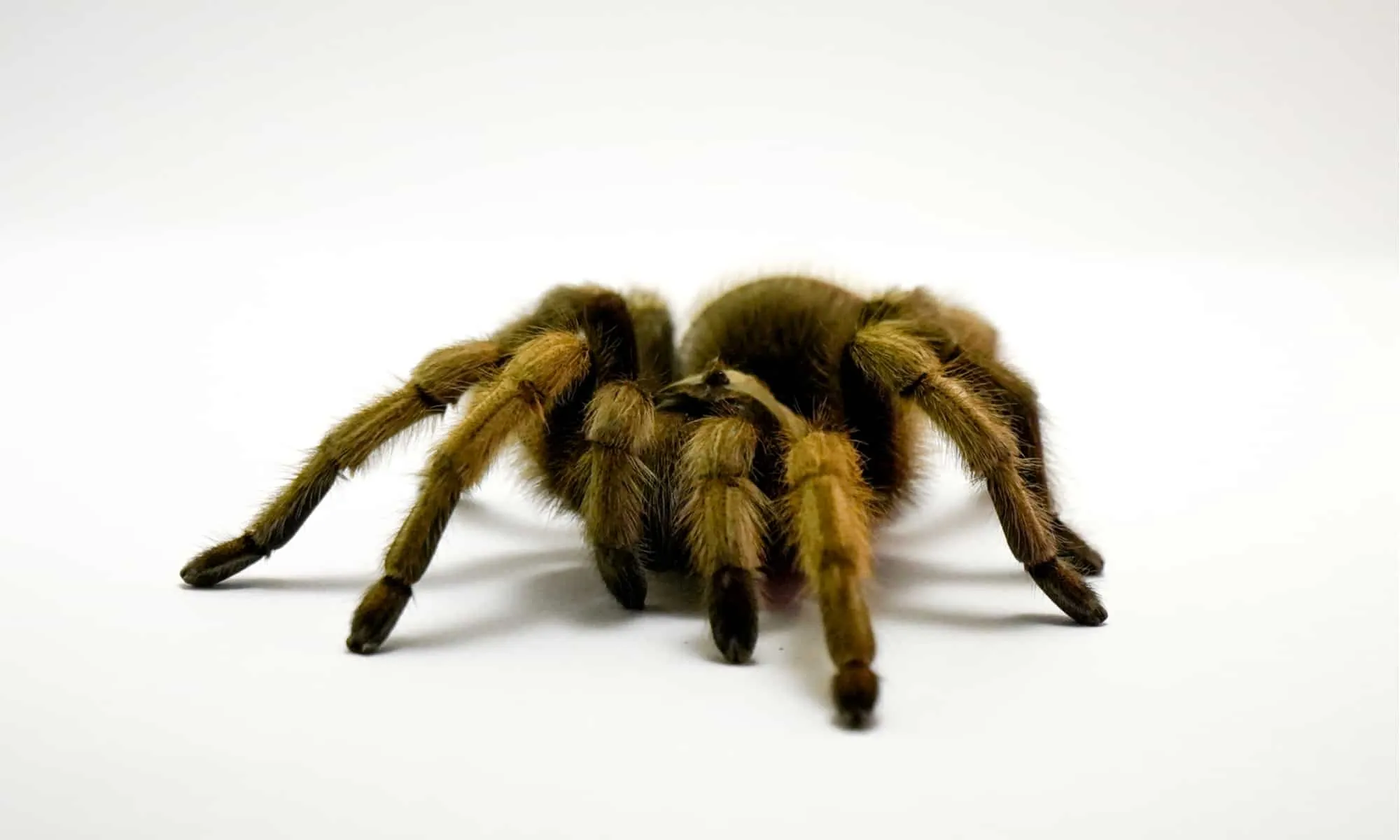
Fast-maturing tarantula species generally have shorter lifespans because they grow more quickly. Their metabolisms work at a rapid pace, and they reach maturity faster. The trade-off for quick growth is that their bodies age at a faster rate. These tarantulas are often smaller species or those that are native to warmer climates where they can mature more quickly due to environmental factors. While they are fascinating, owners must be prepared for a shorter time with these particular tarantulas.
Shortest Lifespan Tarantulas
Among the tarantula species with the shortest lifespans are those that mature and reproduce quickly. These may include some of the smaller Asian or African species, where females might live only 3-5 years. Males of almost all tarantula species have a significantly shorter lifespan, usually only a few months to a year after reaching maturity, as their primary purpose is to mate. Therefore, research is essential to understand the life cycle of the tarantula you intend to own. The Poecilotheria species also tends to be a shorter-lived tarantula.
Male vs Female Tarantulas Lifespan
Gender also has a dramatic impact on a tarantula’s lifespan. Female tarantulas generally live much longer than males. This is because male tarantulas have a shorter lifespan, often only a few months to a year after reaching maturity. After mating, their primary purpose is complete, and their bodies begin to decline. Females, on the other hand, can live for many years, sometimes over two decades, especially in larger species. This difference highlights the significance of sexing tarantulas when acquiring one as a pet, as it significantly affects the expected duration of ownership.
The Impact of Diet on Tarantula Lifespan
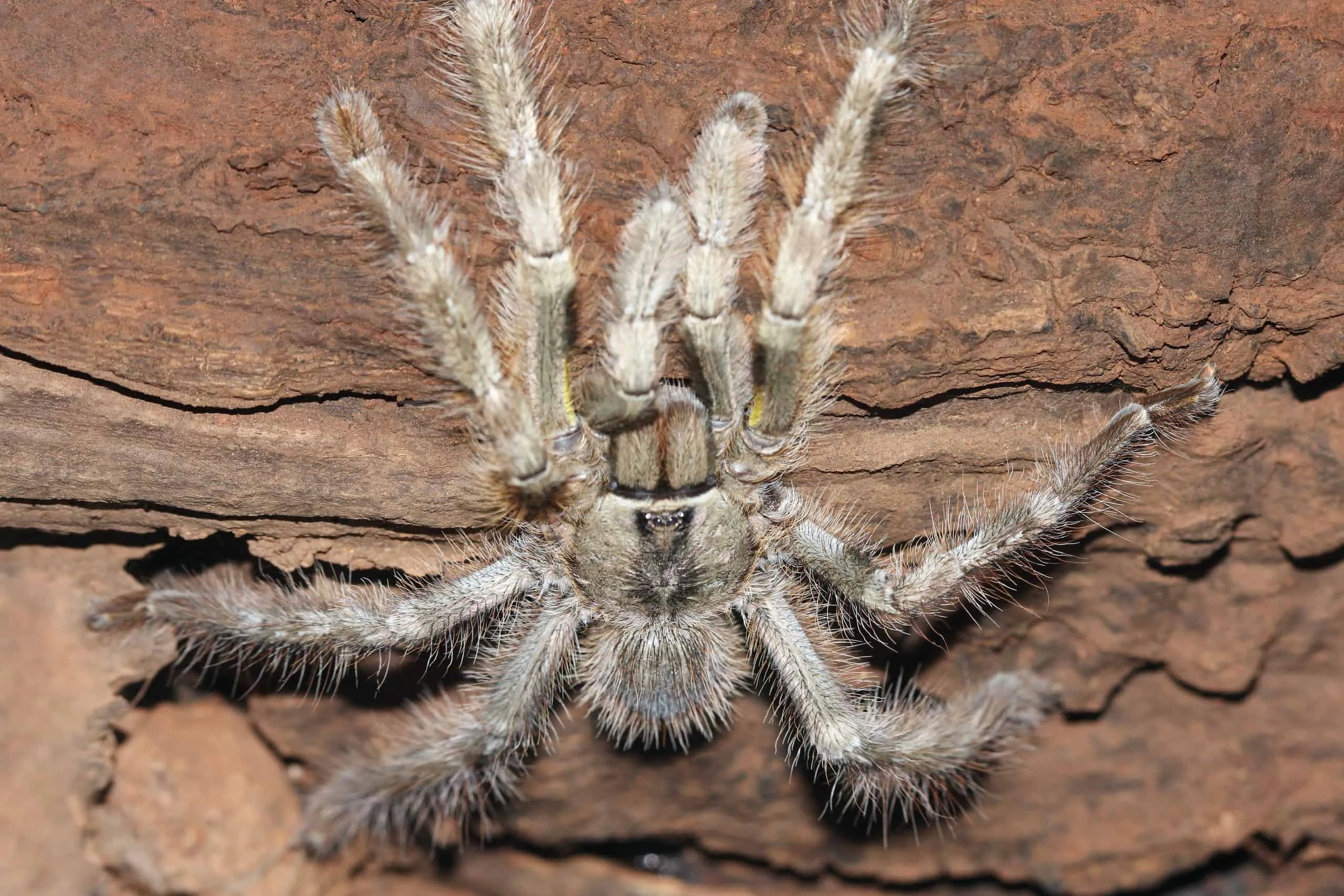
A tarantula’s diet is another critical factor that influences its lifespan. Providing a balanced and appropriate diet is essential for maintaining the health and longevity of your tarantula. The diet should consist primarily of insects, such as crickets, roaches, and mealworms, supplemented with occasional treats. The frequency of feeding and the size of the meals should be adjusted based on the tarantula’s age, size, and species. Proper nutrition ensures the tarantula receives all the necessary nutrients for growth, molting, and overall health, directly impacting its lifespan.
Nutritional Needs for Optimal Tarantula Health
Tarantulas require a diet rich in protein, which is essential for growth and maintenance. The insects you feed them should be gut-loaded before feeding them to your tarantula. This ensures they are packed with nutrients. It is also important to vary the types of insects offered to provide a diverse range of nutrients. Fresh, clean water should always be available for the tarantula to drink. Avoid overfeeding, as this can lead to obesity and health problems, potentially shortening the tarantula’s life.
Overfeeding and Its Effects
Overfeeding a tarantula can lead to several health issues. Just like with any animal, excessive food can cause obesity, which puts stress on the tarantula’s internal organs and reduces its lifespan. A tarantula that is too heavy may also have difficulty molting, which can be fatal. It’s crucial to monitor your tarantula’s abdomen; if it appears overly plump or swollen, it’s a sign that you may be overfeeding it. Adjusting the feeding schedule and portion sizes can help to mitigate the risks associated with overfeeding and promote a longer, healthier life for your pet.
Environmental Factors that influence Lifespan
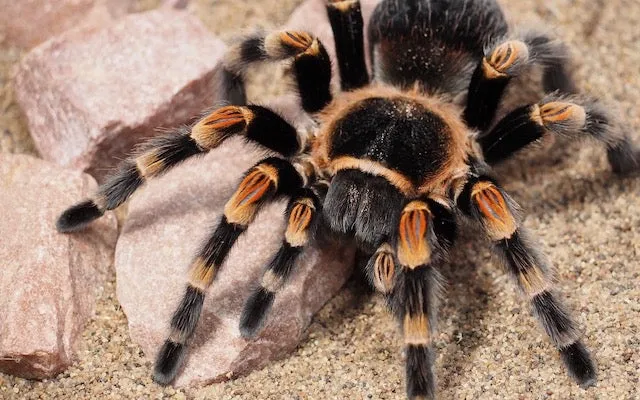
The environment in which a tarantula lives significantly impacts its lifespan. Providing a suitable habitat that mimics the tarantula’s natural environment is crucial for its health and well-being. This includes maintaining the appropriate temperature, humidity, and enclosure size. These factors help to regulate the tarantula’s metabolism, facilitate successful molting, and minimize stress, all of which contribute to a longer lifespan. Creating the right environment requires careful planning and consistent maintenance.
Temperature and Humidity
Maintaining the correct temperature and humidity levels is crucial for a tarantula’s health. Most tarantulas thrive in temperatures between 70 and 80 degrees Fahrenheit. Humidity levels should be adjusted based on the species’ needs. For example, tropical species require higher humidity levels than those from arid regions. Using a reliable thermometer and hygrometer is essential to monitor these conditions. Regular misting or providing a water dish can help maintain the required humidity. Incorrect temperature and humidity can lead to dehydration, molting problems, and other health issues, potentially reducing a tarantula’s lifespan.
Enclosure Size and Quality
The enclosure’s size and quality greatly affect a tarantula’s lifespan. The enclosure should be large enough for the tarantula to move around comfortably. This prevents stress and allows the tarantula to establish its territory. The enclosure should also have good ventilation, which helps to prevent mold and bacterial growth. The substrate, or bedding, should be appropriate for the species and easy to clean. Regularly cleaning the enclosure to remove waste and uneaten food is crucial to maintain a healthy environment and prevent diseases that can shorten a tarantula’s lifespan.
Common Health Issues and Lifespan
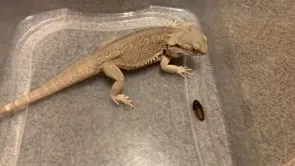
Like all animals, tarantulas can be affected by various health issues that can impact their lifespan. Recognizing these potential problems and taking preventative measures is vital for ensuring your tarantula lives a long and healthy life. The most common health issues include parasites, diseases, and injuries. Regular observation, proper care, and timely intervention are crucial for managing these issues and maximizing the tarantula’s chances of a long life. Understanding the potential health risks allows owners to be proactive in their care and response.
Parasites and Diseases
Tarantulas can be susceptible to parasites and diseases. Parasites, such as mites, can infest tarantulas and cause irritation and health problems. Various diseases can also affect tarantulas, often related to poor environmental conditions or poor nutrition. Regular inspection of your tarantula for any signs of illness, such as unusual behavior, discoloration, or loss of appetite, is essential. If you suspect a problem, it is essential to consult a veterinarian experienced in exotic animals. Maintaining a clean enclosure and providing proper care can help to prevent many of these health issues.
Injuries and Their Impact
Injuries can also affect a tarantula’s lifespan. Injuries can occur from falls, bites from prey, or issues during molting. While tarantulas are relatively hardy, severe injuries can be life-threatening, especially if they lead to infection or difficulty in eating or moving. Providing a safe enclosure free from hazards can help prevent injuries. If an injury does occur, seeking veterinary care is crucial. Proper wound care and supportive treatment can help a tarantula recover and potentially extend its lifespan.
Top 5 Facts about Tarantula Lifespan

To summarize the key aspects of tarantula lifespan, here are five important facts to remember:
Fact 1: Species Variation
Tarantula lifespans vary significantly depending on the species, with some living for several years and others for over two decades. Research the specific species’ expected lifespan before acquiring a tarantula.
Fact 2: Gender Differences
Females generally live much longer than males, often by several years. This is an essential factor when deciding on a tarantula pet.
Fact 3: Dietary Impact
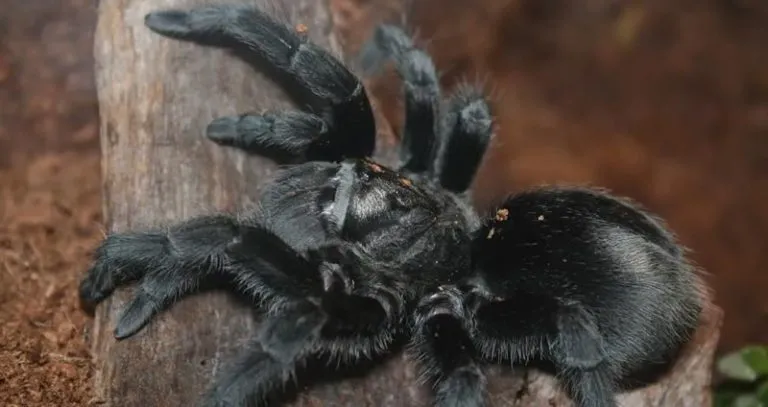
A balanced diet with proper nutrition is crucial for a tarantula’s health and longevity. Overfeeding can be detrimental.
Fact 4: Environmental Factors
Maintaining the correct temperature, humidity, and enclosure conditions significantly impacts a tarantula’s lifespan. Create a suitable habitat.
Fact 5: Health Considerations
Regularly monitor your tarantula for signs of illness or injury. Proper care and prompt veterinary attention are key to addressing health problems.
By understanding these key facts, you can provide the best possible care for your tarantula and maximize its lifespan. The more you know about tarantula care, the better equipped you’ll be to provide a healthy and enriching life for your pet.
